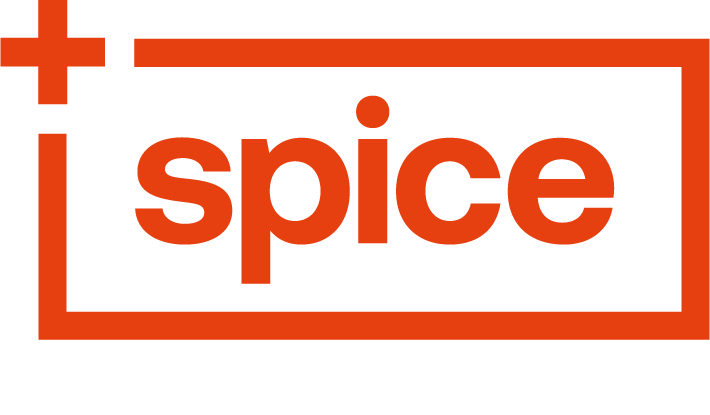
As an employer, what should be your biggest goal this year?
Bigger profits? More sales? Adopting AI?
While these things might be important, we strongly believe you should be putting your focus on another area of your business … staff retention.
Staff retention will be crucial for your organisation’s success as it helps to build continuity, reduce costs, increase productivity, improve customer service and SO much more.
So, how do you achieve good staff retention?
Let’s look into that concept now.
Staff Retention: Why It’s The Key To Your Business Success
The Importance Of Staff Retention
Good staff retention is excellent for your business, especially during the trying times we are currently living in. Here are just a few reasons why that is:
- Saves Money: Recruiting and training new team members costs a lot in time, physical spend, and potential downtime for your business. That spend does not need to happen if you retain your current skilled staff.
- Boosted Productivity: Experienced team members are more productive than brand new ones as they have a better understanding of your business goals and objectives. They are also more familiar with your culture and processes, allowing them to get on with their work quickly and effectively.
- Great Customer Service: Being with an organisation for an extended period of time lets you get insight into the needs of the customers. This insight helps your experienced staff to deliver top level customer service; in turn, building customer trust and loyalty.
- Knowledge Retention: By retaining your experienced employees, you also retain the knowledge they have developed while working with you. This knowledge is difficult to replace and can be critical to the ongoing success of your business.
- Team Cohesion: High staff turnover is not good for team morale. It creates disruption and a situation where a continually changing set of personalities needs to find a way to work together harmoniously. Staff retention builds a more stable and cohesive team allowing for powerful collaboration.
These elements will be vital to the long-term success of your business.
Encouraging Good Staff Retention
With a potential recession looming, the last thing you want to be doing is replacing good employees because they are not feeling heard or valued. If your key employees walk out the door, then it will cost you a lot of time and money to replace them.
Retaining your key talent should be top of your priority list!
Here are just some of the ways you can do that:
Stay Interview
The Stay Interview is here to stay! But what is it? Well, a Stay Interview is when employees sit down with their managers to discuss their job satisfaction, goals and motivations. The purpose of the interview is to gather information about what is keeping them in their job and what factors might cause them to leave in the future.
The interview can be conducted at any time that the team member is working with an organisation. Its aim is to address any issues or concerns your employees might have and to set actions that will remedy those issues.
By taking the time to gain feedback from each of your employees, you can identify any areas of the business that might be problematic. Then, you can take steps to improve those areas and retain your vital team members. Those steps could be anything from training opportunities and providing more support to a change in job responsibilities or work environment.
Progression Pathways
With less time spent in the office, some skills are becoming obsolete and other roles are evolving. Employees are returning to the office after working remotely for some time. You will want to ensure that the role they were employed for still exists in the same capacity and whether their skills are still right for that job.
It’s time to take a deep dive into your business and the people you have working with you to create the right structure for everyone. You want to make sure each role is best suited for the employee undertaking it! So, talk with your team about valid career pathways so that everyone is in the best-fit role.
A really helpful tool for this is Extended DISC assessment. DISC is a form of psychometric testing that establishes each employee’s personality type. You can use the results to aid personal growth and to improve self-awareness, communication and teamwork. Here at Spice HR, we are Extended DISC Accredited Practitioners, so can help you get a true understanding of what makes your team tick.
Let Them Be Heard
Sometimes in an organisation, it can feel like there’s a disconnect between the team on the ground and the management team. Communication is the key to fixing any perceived divides.
You want your employees to feel heard, so the first step is to listen. This can be done in a range of ways. It can be as simple as a 10-minute one-to-one meeting where you give individual employees your undivided attention, or as complex as a companywide engagement survey.
Don’t forget that you actually need to do something with the feedback you receive from your team. Take steps to action any practical requests and look for ways to address issues.
Bring The Benefits
There are plenty of ways that you can implement initiatives that don’t cost a whole lot but can increase productivity and engagement hugely. Some of these are:
- Flexible start and finish times
- Create a wellbeing space in the workplace with accessible resources
- Wellness challenges
- Recognise awesome work with a company shout out page, brag board, or ABCD (above the call of duty) card
- Offer mentorships with complementary colleagues
- Discussions about career pathways and leadership opportunities
- Offer longer break times
- Bring your Pet to Work Day
- Regular virtual meetups with fun activities like games or quizzes
- Increased autonomy
- A feedback box for input and suggestions from team members
- Lunch with the boss days
- Offer a 4-day workweek if that’s a possibility for your business. While team members are in the office for fewer hours, research has shown that their productivity is usually higher with a whole day of downtime up their sleeves.
There are also further benefits you can offer, but these ones will carry a cost for your business:
- Extra leave
- Give them their birthdays off work
- Subsidised childcare
- Bonus schemes
- Professional development and training plans
- Health insurance
- Increased superannuation contributions
- Regular remuneration reviews
- Regular team lunches or outings
- Wellness initiatives like courses, vouchers or partner discounts
- Tickets to shows or sports games
- Personal house cleaning
- Employee anniversary celebrations
Encouraging Staff Retention
As you can see, there’s a lot to like about staff retention. But there is an awful lot that goes into retaining your high performing staff members.
So, if you know you need to retain your team, but would like a little bit of help doing it, the Spice Gals are here to help! Experts in people management, DISC assessment and building successful team morale, we can help you introduce simple retention initiatives that work.








